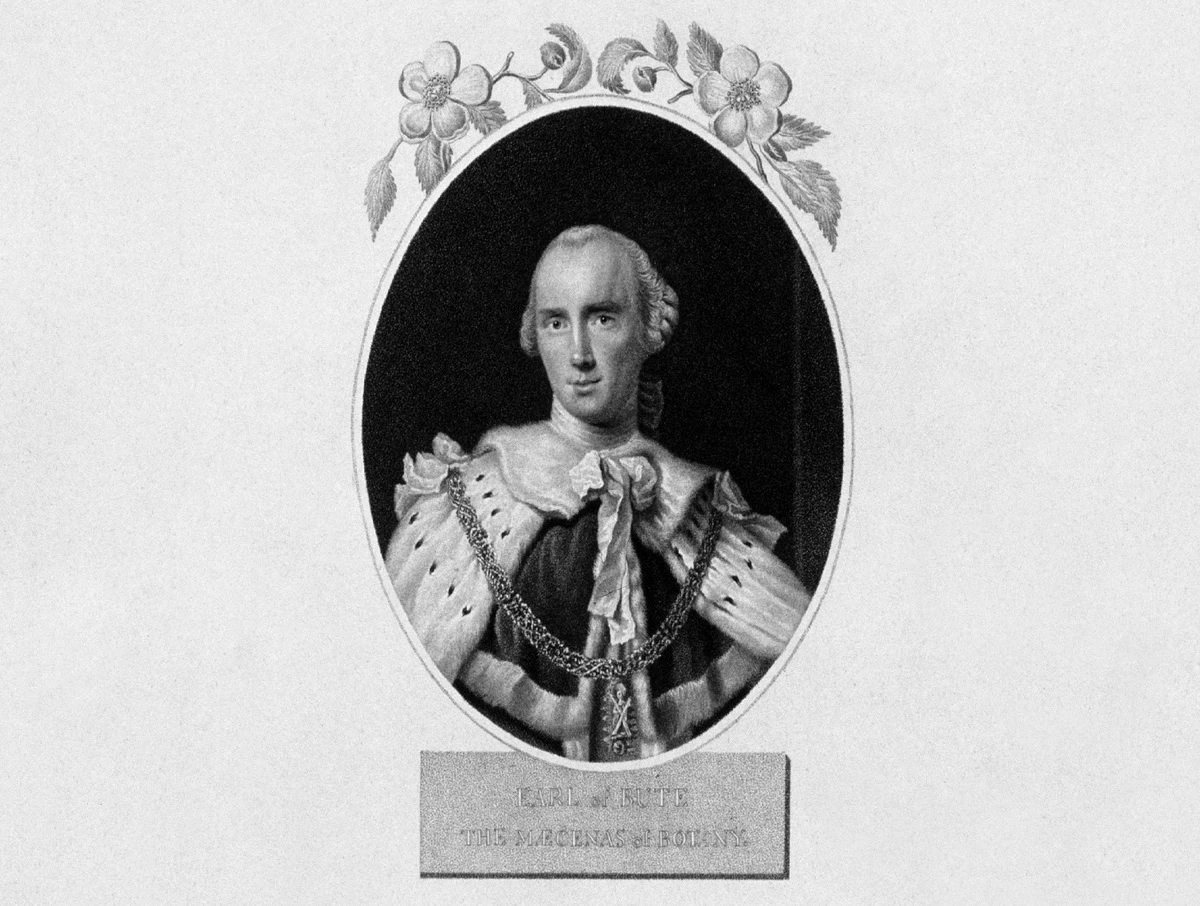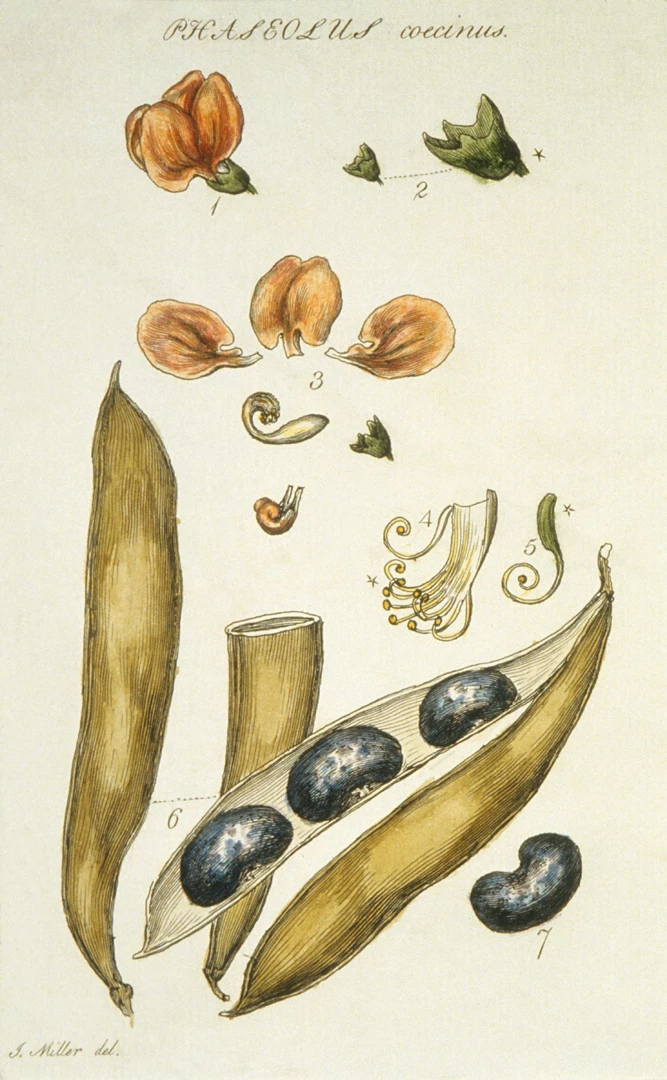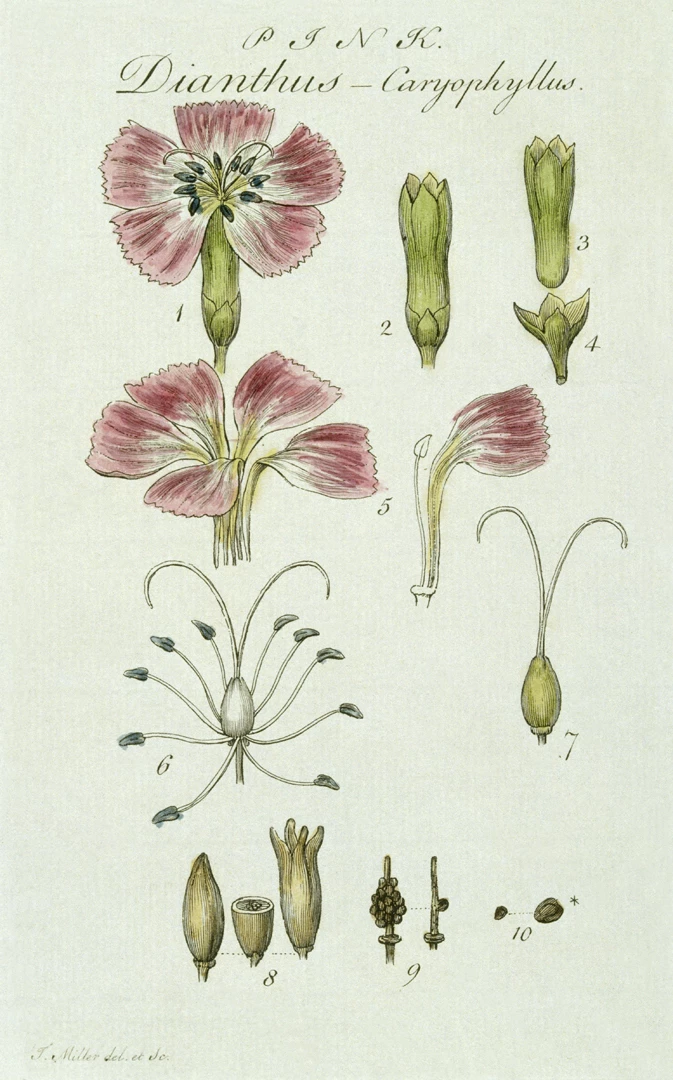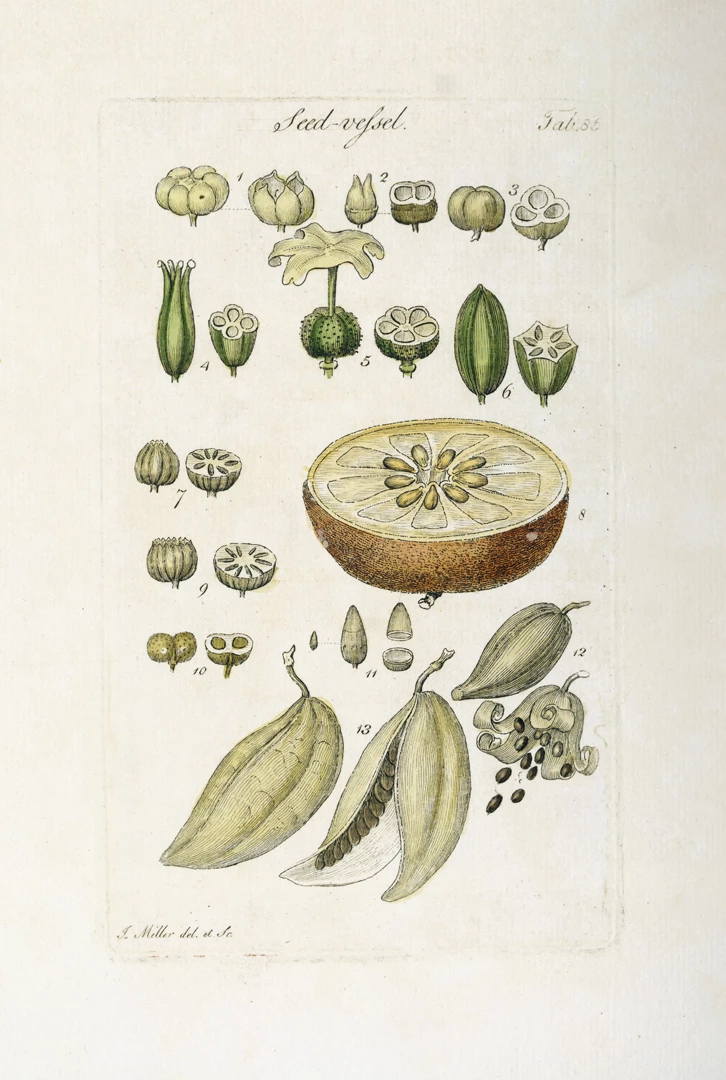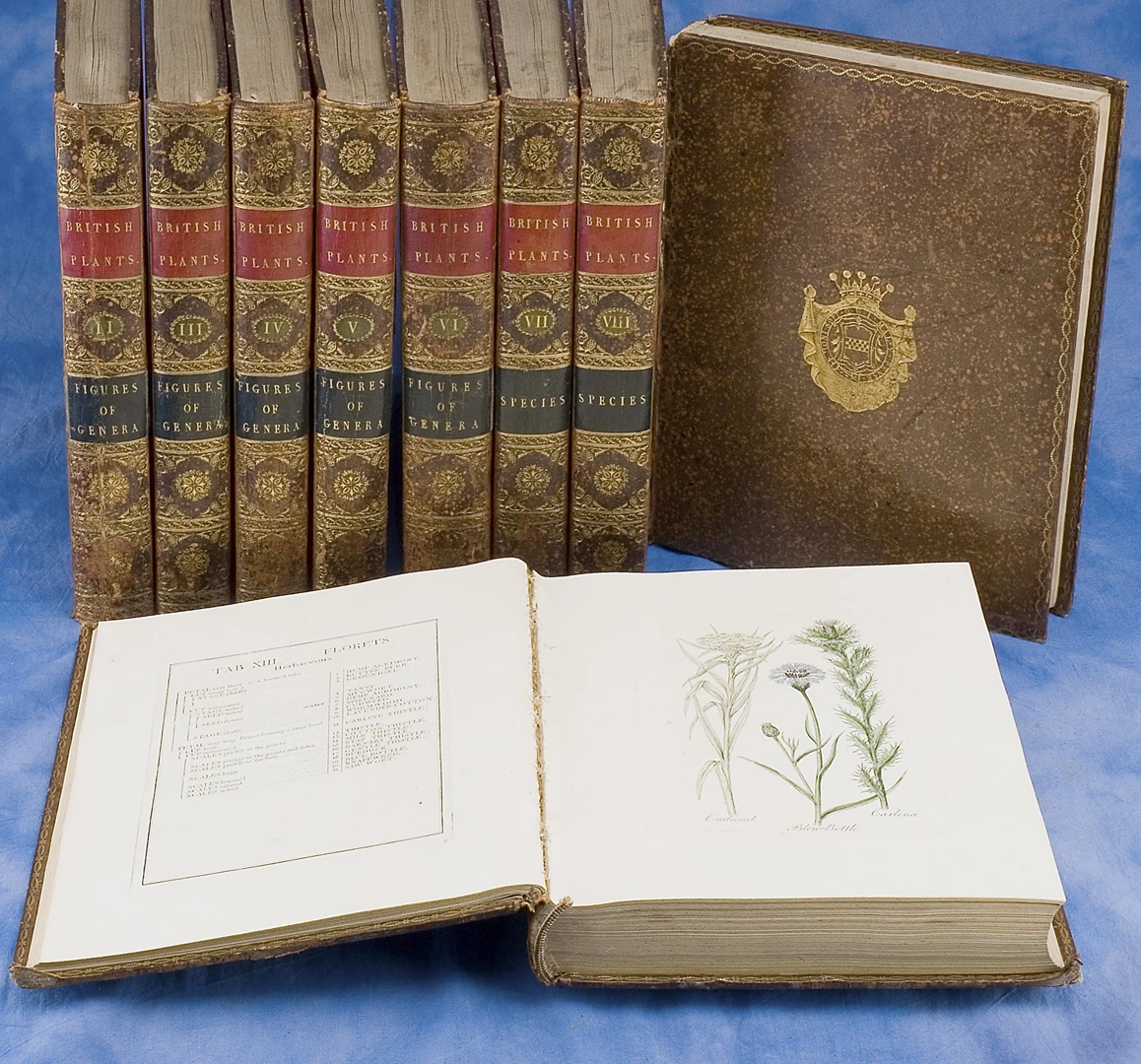In 2013 the tercentenary of the birth of the Third Earl of Bute is being celebrated across Britain with a series of events and new publications. Curators from Amgueddfa Cymru have contributed to a special publication published by Friends of the Luton Hoo Walled Garden, at one of Bute’s former residencies. Maureen Lazarus will also give a lecture at Luton Hoo in the autumn.
Bute was a powerful figure in eighteenth century Britain, both as a politician and as a botanist. He was a friend and confidante of George III who encouraged him to become a politician. In May 1762 he became Prime Minister. However, Bute proved an unpopular leader. Bishop Warburton wrote at the time “Lord Bute is a very unfit man to be Prime Minister of England, first, he is a Scotchman; secondly, he is the King’s friend; and thirdly he is an honest man.”
After a year of political turmoil and dissention, Bute resigned his post. He retired from public life to his house at Highcliffe in Hampshire with his vast botanical library. Here he rekindled his former enthusiasm for botany. Bute worked on several botanical publications and was strongly influenced by the renowned Swedish taxonomist Carl Linnaeus. Bute’s best known publication is entitled Botanical Tables containing the different familys of British Plants distinguished by a few obvious parts of Fructification rang’d in a Synoptical method (1785). Its aim is to explain the principles of Linnaeus’s new and controversial taxonomic system. Angueddfa Cymru is fortunate to own a complete set of this rare and exquisite publication.
John Miller (1715-1790) became the main artist of the Botanical tables, a huge task of over 600 illustrations detailing the sexual organs and their number to comply with the Linnaean system. The volumes cover the whole range of plant life from mosses, lichens and seaweeds to fungi and grasses, flowers and trees. Twelve copies of the Tables (each consisting of 9 volumes) were printed by Lord Bute at his own expense at a cost of £1,000.
In his retirement, Bute was quite isolated. He was closer to European rather than British botanists, perhaps partly as a result of his travels on the continent but probably partly due to his unpopularity in Britain. Curiously, he was never elected a Fellow of the Royal Society of London or of the Society of Antiquaries, something which his role as a patron alone ought to have virtually assured him. In spite of this rejection, botany was, no doubt, a satisfying way for him to spend his time in later life in order to avoid the melancholy he referred to in the introduction to Botanical tables.
Bute was particularly keen to explain the taxonomic system to women since he felt that this “delightful part of nature” was peculiarly suited to the attention of the fair sex. Botany, under their protection, would soon become a fashionable amusement. True to this aim Bute presented seven out of the ten copies to women including Queen Charlotte and Catherine II, Empress of Russia.
In 1994 Amgueddfa Cymru acquired a complete copy of the Botanical tables. The curators of the collection, as part of their background research, decided to trace all 12 copies. So far ten sets have been traced, seven of which can be identified with their original recipients. Full details of this project may be found in this paper; Lazarus, M.H. and Pardoe, H.S. (2009) Bute’s Botanical tables: dictated by Nature. Archives of natural history 36 (2): 277–298.
Heather Pardoe and Maureen Lazarus
